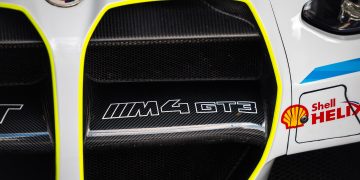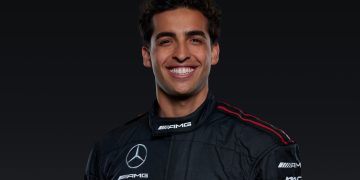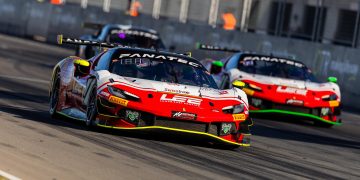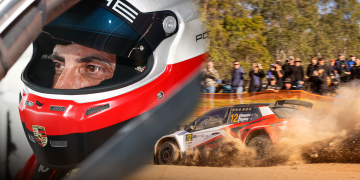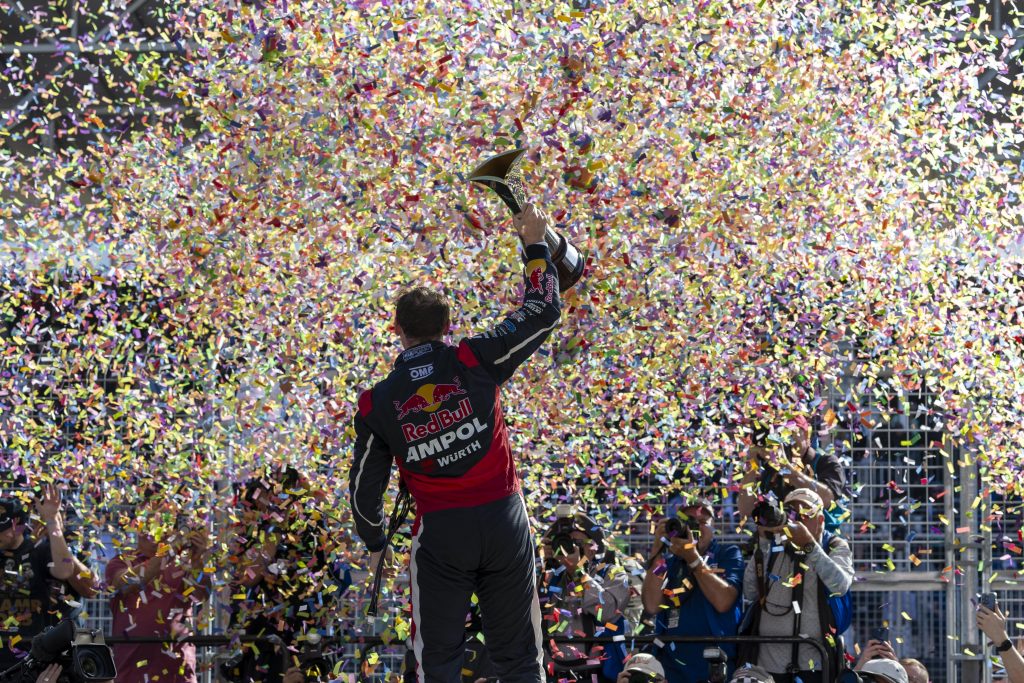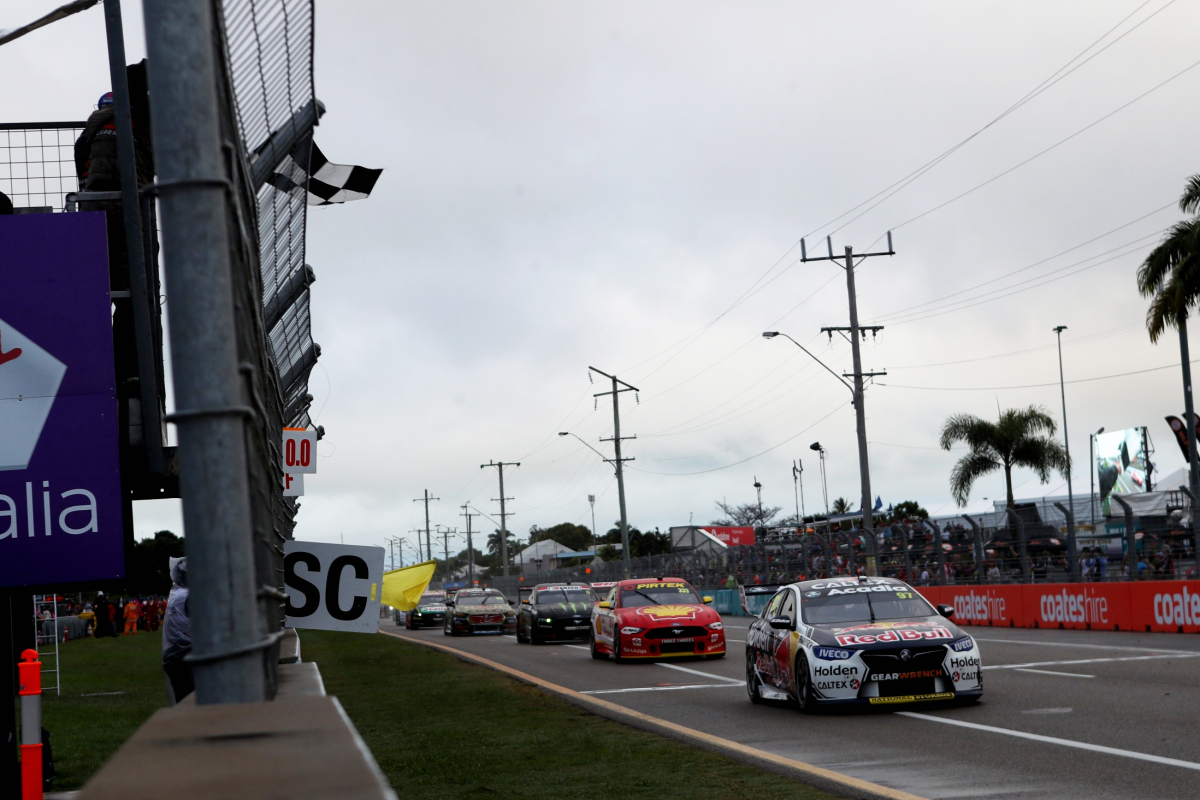
After a spate of incident-affected finishes, we ask how necessary a green flag conclusion to a race is, in this week’s Pirtek Poll.
The finish of the Formula 1 Australian Grand Prix became a drawn-out affair when, following the third red flag of the afternoon, the field was eventually sent back out to complete the 58th and final lap of the race under Safety Car.
Hours later, a late Caution in the Texas IndyCar race extinguished Pato O’Ward’s last chance of reclaiming the lead from Josef Newgarden while, a week earlier, Tyler Reddick won the NASCAR Cup Series encounter at the Circuit of The Americas in triple overtime.
Since then, Supercars has announced that the Dunlop Super2 Series will move to a fully time-certain format, with races increased to a duration of 40 minutes, rather than 30 minutes converted to a prescribed lap count.
It is a move which will not necessarily alleviate the risk of races ending under Safety Car, although it is a welcome boost to track time for the development series.
However, in instances where a race length is prescribed on the basis of a lap count, and time-certainty is not a (major) issue, the question must be asked: should organisers try and guarantee a green flag finish?
NASCAR has formal provision for Overtime, colloquially known as the green-white-chequered finish, whereby a race is extended such that there are two laps of green flag racing immediately prior to the chequered flag being shown (the ‘white’ part of the moniker being a reference to the flag which denotes the start of the final lap in North American motor racing).
Overtime is attempted as many times as is needed to guarantee that green flag finish, subject to there not being a Caution called after the white flag, while officials in other categories have effectively created the same scenario.
In IndyCar, last year’s Indianapolis 500 and Nashville races saw late red flags which set up one- to two-lap dashes to the finish, and a green flag final lap of the 2019 Bathurst 1000 was achieved by slowing down the Safety Car as the recovery of the Kelly Racing entry which crashed on Lap 158 was undertaken.
Those final laps were exciting in each case, but is it the right approach?
O’Ward had a pace advantage on Newgarden which he was trying to convert into a pass and, while anything other than a Max Verstappen victory at Albert Park earlier this month would arguably have been unfair given the Red Bull Racing driver’s dominance, another lap or two around Albert Park would have been a better spectacle than the dozen remaining cars trundling around for five more kilometres.
However, it would have also devalued the preceding laps.
Under the scenario of a guaranteed green flag finish, the second-placed driver can afford to wait until the final lap to strike.
When a Safety Car/Caution period could effectively end the race at any moment, it is imperative to make the pass for the lead.
That jeopardy therefore forces the hunter to make an attack earlier than they otherwise might, hence there is more at stake in those earlier laps, and indeed for the entirety of the race if passing is at least somewhat difficult.
At a minimum, the second-placed driver (or any driver who is a realistic chance of making a pass for position in the closing stages) has to have a red-hot go for at least as many laps as a Safety Car recovery might take, rather than one or two.
Is the quality of a race defined by the finish, or the contest throughout?
Both are arguably important, but we must consider how much weight we place on each, as well as what is fair; why is one lap more important than another?
One must also stop to think about practicalities around fuel, considering that races are often strategised backwards from the finish; strategies might converge if the critical lap becomes hazy because the lap count is subject to late Safety Car deployment(s).
So, should organisers try to guarantee green flag finishes to a race? Cast your vote below in this week’s Pirtek Poll.

 Shop
Shop
